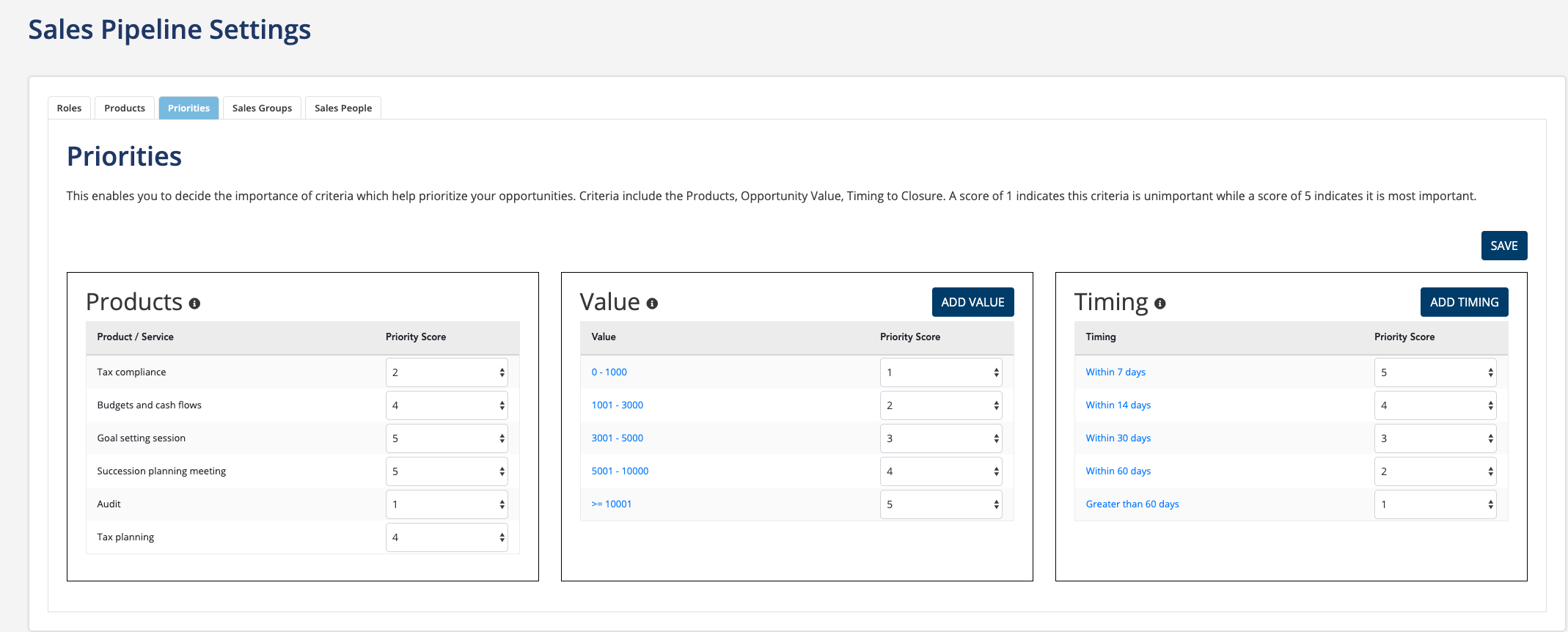Over many years of working with accounting firms to help them grow their businesses, we have observed that there is a simple recipe for success; those firms that meet with their clients to discuss what they might need to achieve their goals tend to come back with more work. Sounds simple, right? Just set meetings with every client and off you go.
Except it’s not quite that simple. If your firm is like many that we work with every day, you’re likely busy with the everyday compliance work and the thought of meeting with every single client to offer additional services could feel beyond reach. If that’s the case, understanding which ones you should prioritize is important.
The first step is to classify your clients based on a set of financial and/or strategic criteria. Criteria such as those listed below might appear on your list (but bear in mind that this will be different for every firm and you should think carefully about what is important to you in a client)
- Size of client
- Innovative and in need of support
- Using (or likely to use) a broad range of your products and services
- Provides (or likely to provide) quality referrals
- Listens and takes action on advice
- Life cycle of the client’s business
- Profitability (to your firm)
A smart way to classify clients is to score each one against the criteria and then to apply a weighting to each criterion. The outcome will be a weighted average score for each client, and you can then divide your client base into bands (for example, A, B, C, D) (See article Client Classification: Finding the Win-Wins to Generate More Profit)
When you meet with your clients, your client classification acts as a ‘priority score.’ A ‘C’ class client would be prioritized lower than an ‘A’ class client as, based on your criteria, it is less attractive to your firm.
There are other important considerations that, when combined with this priority score, can lend valuable focus to your business development efforts. They are:
1. The product you are trying to sell. For example, you might struggle to provide audit effectively (or perhaps you don’t enjoy it, or it relies on a small number of people in the firm to deliver it); on the other hand, selling a goal setting session could be very appealing to you if you enjoy client interaction, workshopping, challenging your clients and setting up additional advisory services. You might score audit a 1 out of 5 and goal setting a 5 out of 5 in this case.
2. The value of the potential sale. Usually, the higher the potential fee, the higher the score you would assign. But even this needs a little thought; one of our clients told us he scores a $10,000 job higher than a $30,000 job because the $30,000 job takes a huge amount of his time personally, whereas he can get his senior accountants involved in good quality work when he sells a $10,000 piece of work.
3. The likely close date. An opportunity likely to close this week should receive more focus than one where the client has asked you to call them again next year.
Using technology allows you to set the rules across your business so that each opportunity is graded objectively and individual team members are not tempted to manipulate the data to make their pipeline look good. You can also set up each of your core products within your pipeline so that you effectively have a menu of services with indicative prices to assist in sales conversations.
Having configured your settings, every time you add an opportunity or update that opportunity as it progresses through the pipeline, a Priority Score out of 100 is assigned to it. Your pipeline can then be sorted based on the score so that each person accountable for sales in your business can see at a glance where they should invest their precious sales time.
In the example above, Kyra can see that the goal refresh session with Thorntons is her top priority; this is a product that is valued highly by her firm, and she needs to lock in a date for the session. Although the fee is lower than the tax job for EB & Co, the opportunity is rated higher because of scores attached to the product and the client itself.
Ben, on the other hand, has a high value opportunity in his pipeline but the score is low. To increase the score, he needs to focus on moving the opportunity forward. Drilling into the opportunity itself, we can see that Ben only rates it as a 40% chance (and that may be optimistic, given he has not yet held a scoping meeting.)
Of course, this is simple to manage when you only have three opportunities, but imagine the same table with 50 opportunities. Understanding the top 5 of 50 is of real value.
Many accounting firms focus on gaining efficiencies in their workflow. It’s our view that they should also focus on efficiencies in sales and the PANALITIX SalesPipeline offers that by providing clarity on where effort should be placed to increase the likelihood of new revenue.
Talk to us today to help you use SalesPipeline for your business.
![]()
![]()





